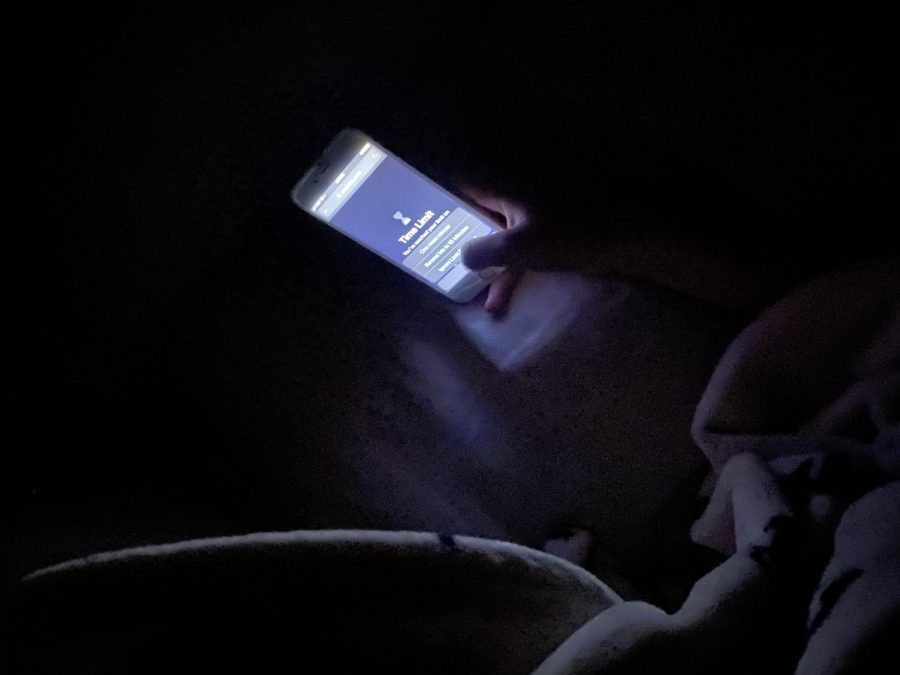Students experience increased screen time due to quarantine
Screen time limits are being broken more than ever as a result of increased time at home.
Teens and children are spending more time than ever online due to the pandemic.
Since California’s stay at home order was issued in March, and other stay at home orders have since been issued across the nation, children and teens have been spending more amount of time inside and online.
A survey of over 3,000 parents conducted by ParentsTogether showed that around 49 percent of survey respondents’ children are spending over six hours per day online, compared to eight percent of children before the pandemic hit. This is an increase of over 500 percent.
The World Health Organization put out daily screen time guidelines for children and teens in April 2019, and while they did not give a specific limit for older children, they did say that screen time shouldn’t interfere with physical activity or sleep. In that case, over six hours every day online seems over the limits.
So what could prompt a 500 percent increase in time spent online?
One of the main reasons is that activities outside the home are currently very limited.
Travel has been reduced, businesses were asked to close and many continue to be shuttered and gatherings are much more restricted, so everyone is at home a lot more as a result. One thing this means is that there is less opportunity to meet friends and family in person – this is one reason that junior Caitlin Redford said she spent more time online.
“That’s how I keep in touch with my friends and family, and … I can’t go places,” Redford said.
Video chatting apps such as Google Duo or Houseparty have seen a major increase in usage, as many people opt to use these apps to talk with friends and family while being able to see them.
Aside from decreased social interaction, staying inside can also create boredom for a lot of people, which can easily be cured by popular social media platforms, streaming services, video games and more.
The New York Times showed that sites such as Twitch, where many people go to watch others stream video games, and apps such as TikTok have seen increasing popularity since the outbreak.
Twitch had a site traffic increase of 20 percent, and TikTok has seen steady growth since even before the outbreak. Netflix saw a site traffic increase of around 16 percent, and YouTube by 15.3 percent. All of this was only between January 21 and March 24.
“(Spending more time online) is also (due to) boredom, pretty much,” Redford said.
Alexandra is the Features Editor for Granite Bay Today and The Gazette. This is her second year on staff.













